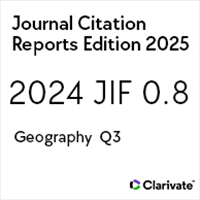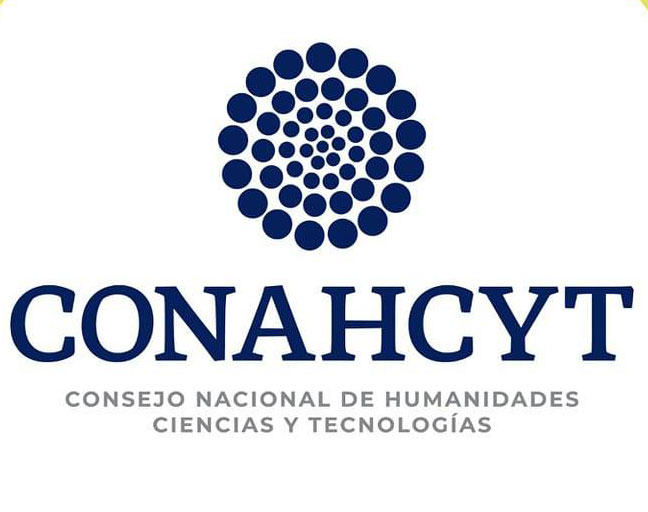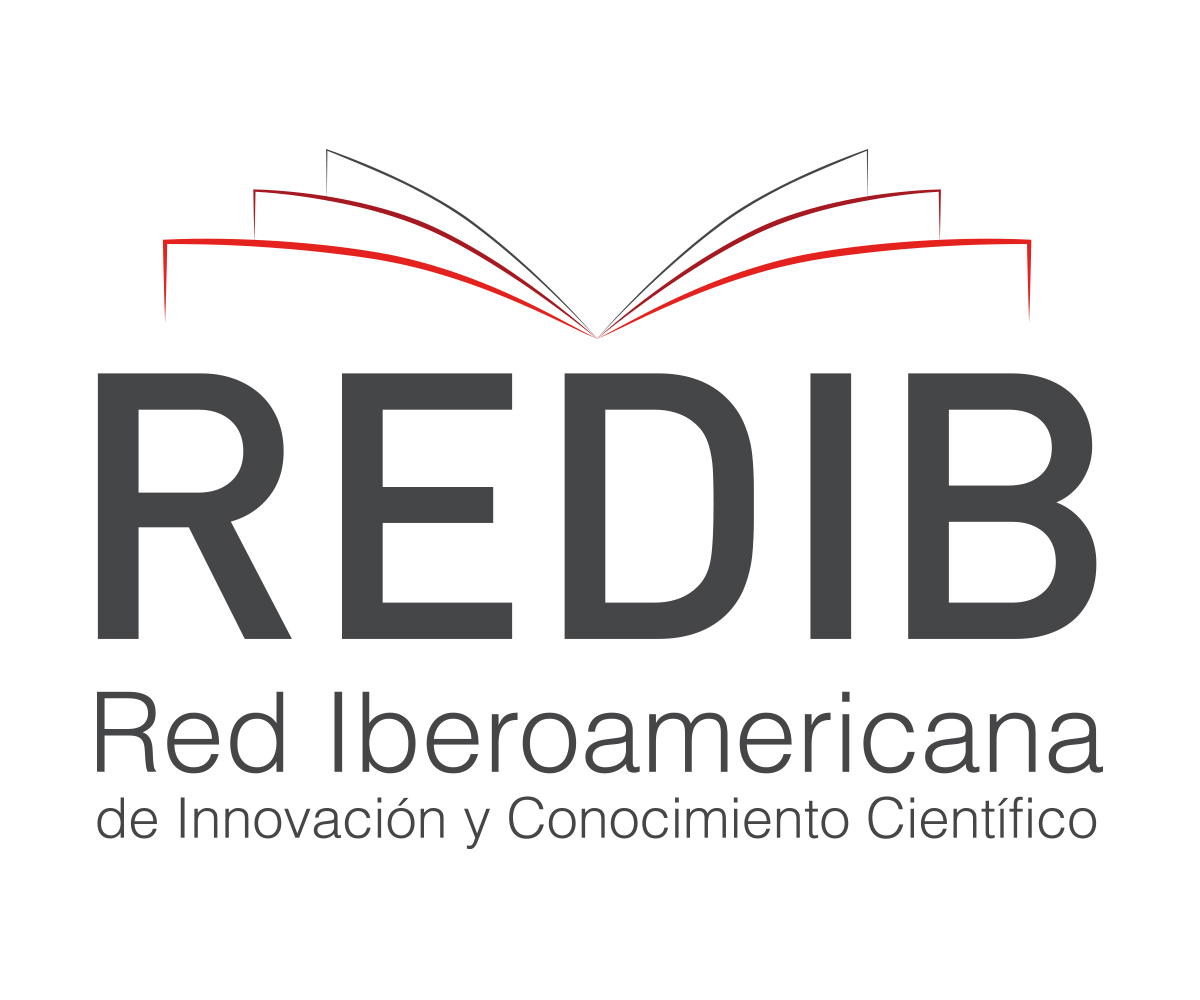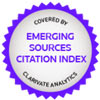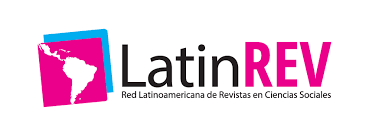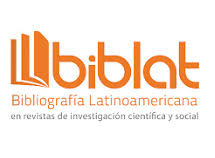Considerations about research on analogies
Consideraciones acerca de la investigación en analogías
https://doi.org/10.21670/ref.2004.09.a04
Keywords:
Analogies, education, teaching-learning process, textbooksAbstract
Analogies have contributed to the building and development of scientific knowledge and to its later communication. Therefore, they are considered basic in the teaching-learning process of Science. The researching improvement has allowed us to put into context and to establish a positioning about the conception and structure of analogy, of analogical process of teaching-learning, and the criteria that allow us to classify the analogies present in the textbooks. This has awoken an interest in designing a learning method with analogies and in identifying and analyzing the analogies present in the textbooks of Secondary Education. The present analogies in the textbooks of Secondary Education of the most important publishing companies have been identified, classified and analyzed, and therefore, some recommendations have been proposed for future research.Resumen
Las analogías han contribuido a la construcción y desarrollo del conocimiento científico y a su posterior comunicación, por lo que se consideran fundamentales en el proceso de enseñanza-aprendizaje de las ciencias. El avance de la investigación ha permitido contextualizar y establecer un posicionamiento acerca de la concepción y estructura de la analogía, el proceso analógico de enseñanza-aprendizaje, y los criterios que permiten clasificar las analogías presentes en los libros de texto. Esto ha despertado el interés por diseñar un método de aprendizaje con analogías, así como identificar y analizar las analogías presentes en los libros de texto de enseñanza secundaria. Se han identificado, clasificado y analizado las analogías presentes en los libros de texto de enseñanza secundaria de las editoriales de mayor difusión en nuestro país, y en consecuencia, se proponen recomendaciones para futuras investigaciones.References
Aragón, M., M. Bonat, J. Cervera, J. Mateos, J. Oliva. 1997. “Las analogías como estrategia didáctica en la enseñanza de la física y de la química”. Enseñanza de las Ciencias, número extra, V Congreso, pp. 235-236.
Black, D. y J. Solomon. 1987. “Can Pupils Use Taught Analogies for Electric Current?”. School and Science Review, vol. 69, núm. 247, pp. 249-254.
Black, M. 1966. Modelos y metáforas. Madrid, Editorial Tecnos.
Bloom, J. 1992. “Contextual Flexibility: Learning and Change from Cognitive, Sociocultural, and Physical Context Perspectives”. The History and Philosophy of Science in Science Education, vol. 1, pp. 115-125, Kingston, Editorial S. Hills.
Brown, D. y Clement, J. 1989. “Overcoming Misconceptions Via Analogical Reasoning: Abstract Transfer versus Explanatory Model Construction”. Instructional Science, vol. 18, pp. 237-261. DOI: https://doi.org/10.1007/BF00118013
Carey, S. y R. Evans. 1989). “An Experiment is when you try it and see if it Works: A Study of Grade 7 Students´ Understanding of the Construction of Scientific Knowledge”. International Journal of Science Education, vol. 11, edición especial, pp. 514-529. DOI: https://doi.org/10.1080/0950069890110504
Chen, Z. 1995. “Analogical Transfer: From Schematic Pictures to Problem Solving”. Memory & Cognition, vol. 23, núm. 2, pp. 255-269. DOI: https://doi.org/10.3758/BF03197226
Clement, J. 1989. “Learning Via Model Construction and Criticism”. Handbook of Creativity, pp. 341-381, Nueva York, Editorial Plenum Press. DOI: https://doi.org/10.1007/978-1-4757-5356-1_20
Curtis, R. y C. Reigeluth. 1984. “The Use of Analogies in Written Text”. Instructional Science, vol. 13, núm. 2, pp. 99-117. DOI: https://doi.org/10.1007/BF00052380
Dagher, Z. 1994. “Does the Use of Analogies Contribute to Conceptual Change?”. Science Education, vol. 78, núm. 6, pp. 601-614. DOI: https://doi.org/10.1002/sce.3730780605
Dagher, Z. y G. Cossman. 1992. “Verbal Explanations Given by Science Teachers: Their Nature and Implications”. Journal of Research in Science Teaching, vol. 29, núm. 4, pp. 361-374. DOI: https://doi.org/10.1002/tea.3660290405
De Dios Jiménez, J., P. Hoces y F. Perales. 1997. “Análisis de los modelos y grafismos utilizados en los libros de texto”. Alambique, núm. 11, pp. 75-85.
Duit, R. 1991. “On the Role of Analogies and Metaphors in Learning Science”. Science Education, vol 75, núm. 6, pp. 649-672. DOI: https://doi.org/10.1002/sce.3730750606
Fernández, J., N. Elortegui, J. Rodríguez, y T. Moreno. 2001. Modelos didácticos y enseñanza de las ciencias. La Laguna (Tenerife), Centro de la Cultura Popular Canaria.
Friedel, A., D. Gabel, y J. Samuel. 1990. “Using Analogies for Chemistry Problem Solving”. School Science and Mathematics, núm. 90, pp. 674-682. DOI: https://doi.org/10.1111/j.1949-8594.1990.tb12046.x
Galagovsky, L. y A. Adúriz-Bravo. 2001. “Modelos y analogías en la enseñanza de las ciencias naturales. El concepto de ´modelo didáctico analógico´ ”. Enseñanza de las Ciencias, vol. 19, núm. 2, junio, pp. 231-242. DOI: https://doi.org/10.5565/rev/ensciencias.4000
Gentner, D. 1983. “Structure-Mapping: A Theoretical Framework for Analogy”. Cognitive Science, vol. 7, pp. 155-170. DOI: https://doi.org/10.1207/s15516709cog0702_3
_____. 1989. “The Mechanisms of Analogical Reasoning”. Similarity and Analogical Reasoning. Londres, S. Vosniadou & A. Ortony Eds., Cambridge University Press, pp. 199-241. DOI: https://doi.org/10.1017/CBO9780511529863.011
Gick, M. y K. Holyoak. 1980. “Analogical Problem Solving”. Cognitive Psychology, núm. 12, pp. 306-355. DOI: https://doi.org/10.1016/0010-0285(80)90013-4
Gilbert, J. 1993. “Models and Modelling in Science Education”. Hatfield, Gran Bretaña, Association for Science Education.
Gilbert, J., R. Osborne. 1980. “The Use of Models in Science and Science Teaching”. European Journal of Science Education, vol. 2, núm. 1, pp. 3-13. DOI: https://doi.org/10.1080/0140528800020103
Gilbert, S. 1991. “Model Building and a Definition of Science”. Journal of Research in Science Teaching, vol. 28, núm. 1, pp. 73-79. DOI: https://doi.org/10.1002/tea.3660280107
Glynn, S. 1991. “Explaining Science Concepts: A Teaching with Analogies Model”. The Psychology of Learning Science. S. Glynn, R. Yeany y Britton (eds.), cap. 10, pp. 219-240.
González, B.M., T. Moreno, y J. Fernández. 2000. “Modelos de enseñanza con analogías”. Actas de los XIX Encuentros de
Didáctica de las Ciencias Experimentales, Universidad Complutense de Madrid, Facultad de Educación, pp. 161-169.
Goswami, U. y A.L. Brown. 1990. “Meltinng Chocolate and Melting Snowmen: Analogical Reasoning and Causal Relations”. Cognition, núm. 35, pp. 69-95. DOI: https://doi.org/10.1016/0010-0277(90)90037-K
Grosslight, L., C. Unger, E. Jay y C. Smith. 1991. “Understanding Models and their Use in Science: Conceptions of Middle and High School Students and Experts”. Journal of Reseach in Science Teaching, vol. 28, núm. 9, pp. 799-822. DOI: https://doi.org/10.1002/tea.3660280907
Halpern, D. C. Hansen y D. Riefer. 1990. “Analogies as an Aid to Understanding and Memory”. Journal of Educational Psychology, vol. 82, núm. 2, pp. 298-305. DOI: https://doi.org/10.1037/0022-0663.82.2.298
Harrison, A. y D. Treagust. 1993. “Teaching with Analogies. A Case Study in Grade 10 Optics”. Journal of Research in Science Teaching, vol. 30, núm. 10, pp. 1291-1307. DOI: https://doi.org/10.1002/tea.3660301010
Holyoak, K. y P. Thagard. 1989. “Analogical Mapping by Constraint Satisfaction”. Cognitive Science, vol. 13, pp. 295-355. DOI: https://doi.org/10.1207/s15516709cog1303_1
Izquierdo, M. 1999. “Aportación de un modelo cognitivo de ciencia a la enseñanza de las ciencias”. Enseñanza de las Ciencias, número extra.
Keane, M. 1988. “Analogical Mechanisms”. Artificial Intelligence Review, vol. 2, pp. 229-250. DOI: https://doi.org/10.1007/BF00138817
Lawson, A. 1993. “The Importance of Analogy: A Prelude to the Special Issue”. Journal of Research in Science Teaching, vol. 30, núm. 10, pp. 1213-1214. DOI: https://doi.org/10.1002/tea.3660301004
Medin, D. y A. Ortony. 1989. “Psychological Essentialism”. Similarity and Analogical Reasoning. Cambridge, Eds. Vosniadou y A. Ortony, Cambridge University Press, pp. 179-195. DOI: https://doi.org/10.1017/CBO9780511529863.009
Ogborn, J. y I. Martins. 1996. “Metaphorical Understandings and Scientific Ideas”. International Journal of Science Education, vol. 18, núm. 6, pp. 631-652. DOI: https://doi.org/10.1080/0950069960180601
Osborne, R. y P. Freyberg. 1985. “Learning in Science: The Implications of Children´s Science”. Auckland, Heinemann.
Palincsar, A., C. Anderson y Y. David. 1993. “Pursuing Scientific Literacy in the Middle Grades through Collaborative Problem Solving”. The Elementary School Journal, núm. 93, pp. 643-658. DOI: https://doi.org/10.1086/461745
Pintrich, P., R. Marx y R. Boyle. 1993. “Beyond Cold Conceptual Change: The Role of Motivational Beliefs and Classroom Contextual Factors in the Process of Conceptual Change” Review of Educational Research, núm. 63, pp. 167-199. DOI: https://doi.org/10.3102/00346543063002167
Porlán, R. 1993. Constructivismo y escuela. Hacia un modelo de enseñanza-aprendizaje basado en la investigación. Sevilla, Ed. Díada.
Posner, G., K. Strike, P. Hewson y W. Gertzog. 1982. “Accommodation of a Scientific Conception: Toward a Theory of Conceptual Change”. Science Education, núm. 66, pp. 211-227. DOI: https://doi.org/10.1002/sce.3730660207
Roberts, D. 1970. “Science as an Explanatory Mode”. Main Currents in Current Thought, vol. 26, núm. 5, pp. 131-139.
Schwab, J. 1962. “The Teaching of Science as Enquiry”. The Teaching of Science. Cambridge, Editorial Harvard University Press, pp. 1-103.
Scott, P., M. Asoko y R. Driver. (en línea). 1991. “Teaching for Conceptual Change: A Review of Strategies”. http://www.physics.ohiostate. edu/~jossem/ICPE/C5.html
Thiele, R. y D. Treagust. 1994. “The Nature and Extent of Analogies in Secondary Chemistry Textbooks”. Instructional Science, vol. 22, núm. 1, pp. 61-74. DOI: https://doi.org/10.1007/BF00889523
Thiele, R. y D. Treagust. 1995. “Analogies in Chemistry Textbooks”. International Journal of Science Education, vol. 17, DOI: https://doi.org/10.1080/0950069950170609
núm. 6, pp. 783-795.
Treagust, D., R. Duit, P. Joslin y I. Lindauer. 1992. “Science Teachers ´ use of Analogies: Observations from Classroom Practice”. International Journal of Science Education, vol. 14, núm. 4, pp. 413-422. DOI: https://doi.org/10.1080/0950069920140404
Treagust, D., A. Harrison y G. Venville. 1996. “Using an Analogical Teaching Approach to Engender Conceptual Change”. International Journal of Science Education, vol. 18, núm. 2, pp. 213-229. DOI: https://doi.org/10.1080/0950069960180206
Vosniadou, S. 1989b. “Analogical Reasoning as a Mechanism in Knowledge Acquisition: A Developmental Perspective”. Similarity and Analogical Reasoning, Cambridge, Eds. S. Vosniadou y A. Ortony, Cambridge University Press, pp. 413-437. DOI: https://doi.org/10.1017/CBO9780511529863.020
Vosniadou, S. y A. Ortony. 1989. “Similarity and Analogical Reasoning: A Synthesis.” En S. Vosniadou y A. Ortony (eds.). Similarity and Analogical Reasoning. Cambridge, Cambridge University Press, pp. 1-17. DOI: https://doi.org/10.1017/CBO9780511529863.002
Vosniadou, S. y M. Schommer. 1988. “Explanatory Analogies Can Help Children Acquire Information From Expository Text”. DOI: https://doi.org/10.1037/0022-0663.80.4.524
Journal of Educational Psychology, vol. 80, núm. 4, pp. 524-536.
Zook, K. y F. Di Vesta. 1991. “Instructional Analogies and Conceptual Misrepresentations”. Journal of Educational Psychology, vol. 83, núm. 2, pp. 246-252. DOI: https://doi.org/10.1037/0022-0663.83.2.246






